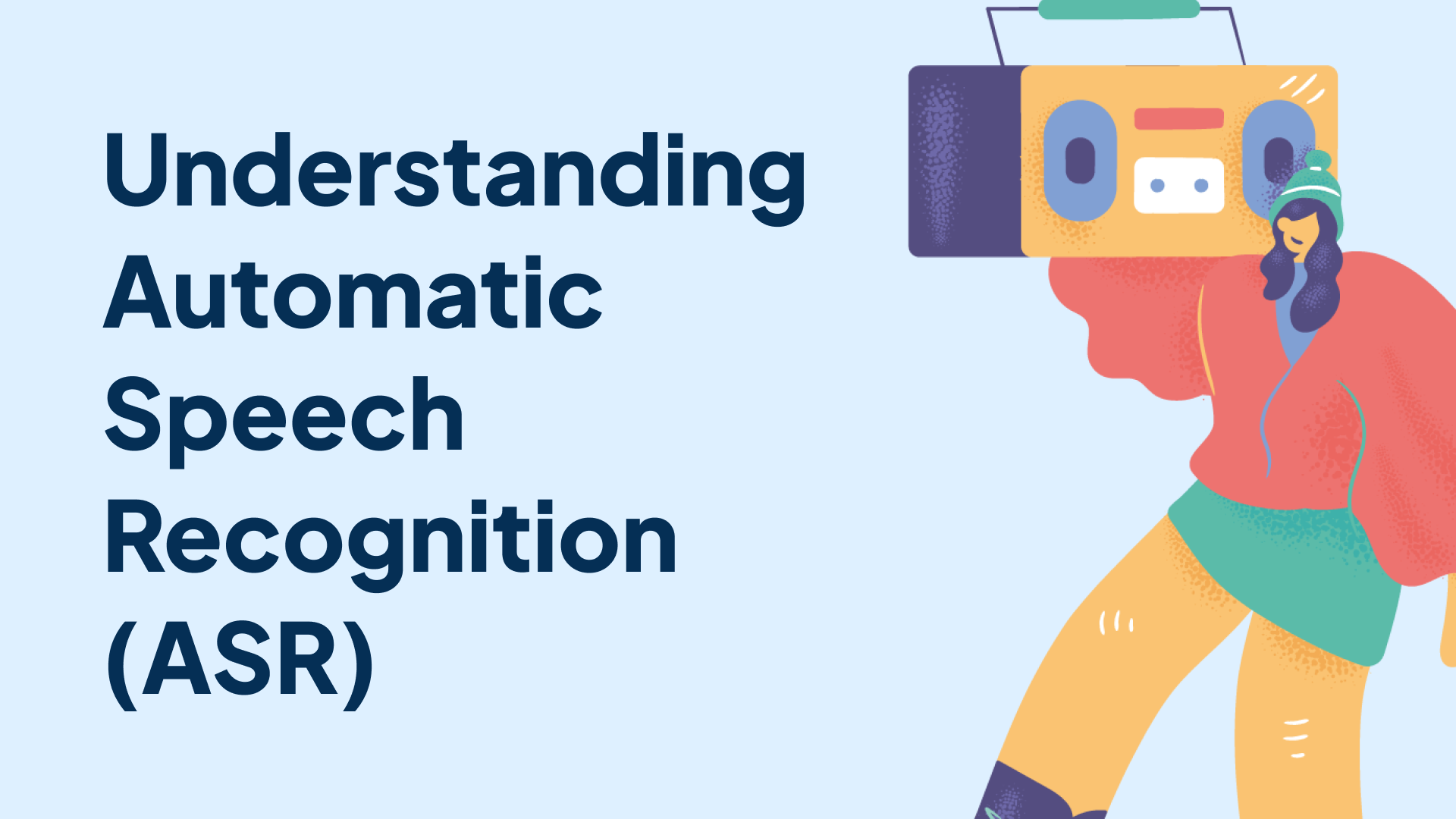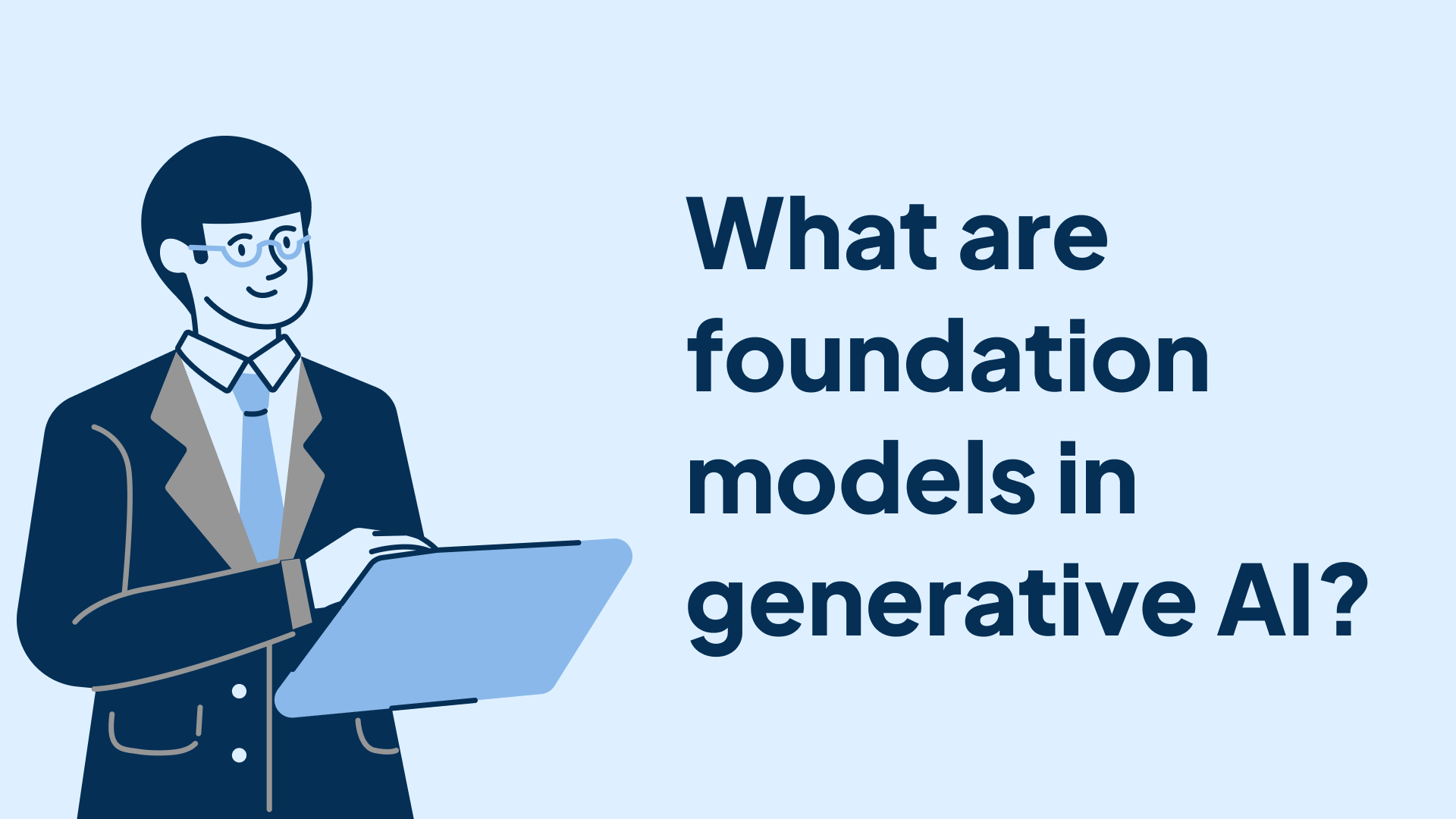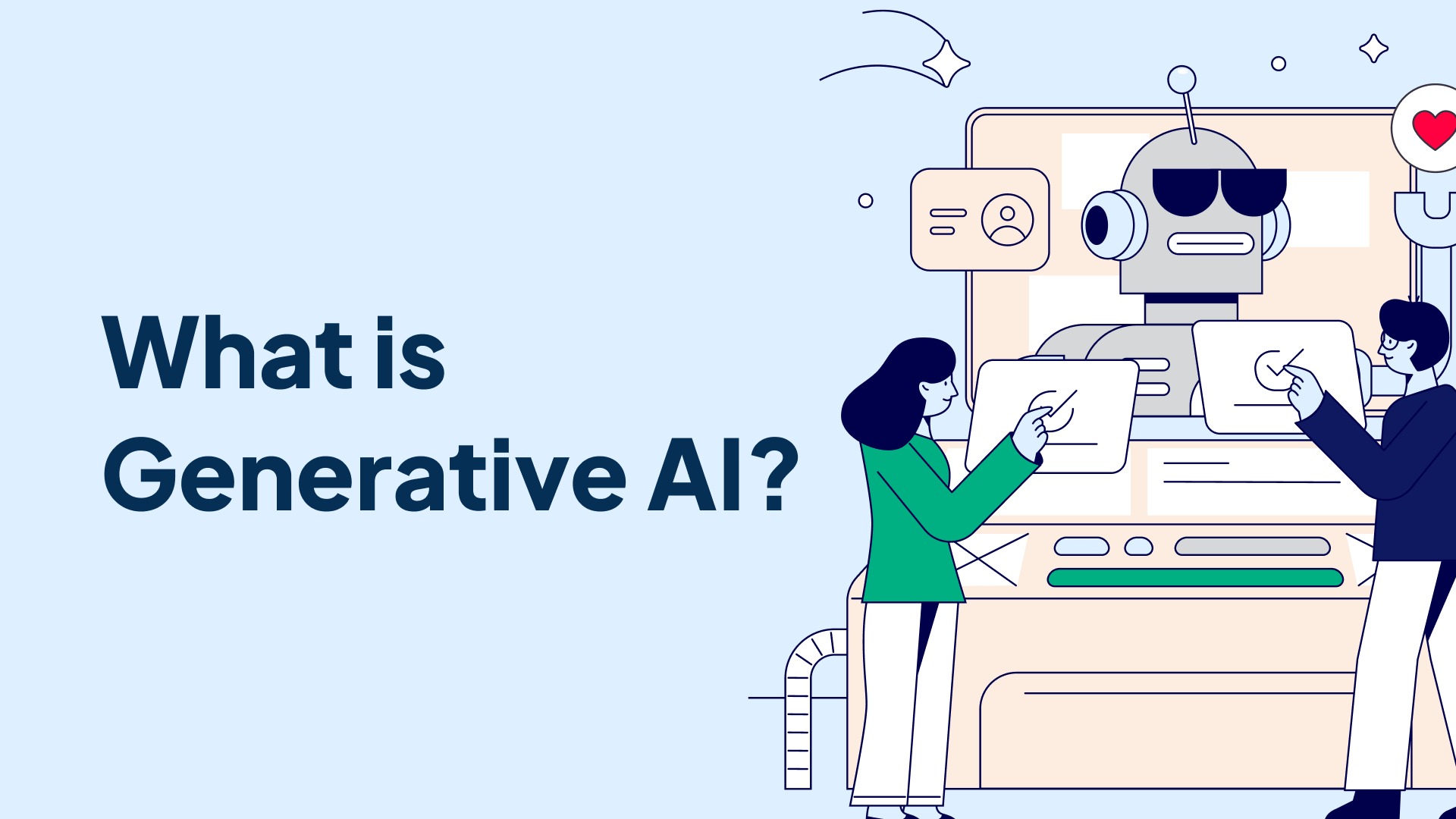Automatic Speech Recognition (ASR), also known as Speech-to-Text (STT), is an artificial intelligence technology that converts spoken words into written text. Over the past decade, ASR has evolved to become an integral part of our daily lives, powering voice assistants, smart speakers, voice search, live captioning, and much more. Let's take a deep dive into how this fascinating technology works under the hood and the latest advancements transforming the field.
How ASR Works
At a high level, an ASR system takes in an audio signal containing speech as input, analyzes it, and outputs the corresponding text transcription. But a lot of complex processing happens in between those steps.
A typical ASR pipeline consists of several key components:
- Acoustic Model - This is usually a deep learning model trained to map audio features to phonemes, the distinct units of sound that distinguish one word from another in a language. The model is trained on many hours of transcribed speech data.
- Pronunciation Model - This contains a mapping of vocabulary words to their phonetic pronunciations. It helps the system determine what sounds make up each word.
- Language Model - The language model is trained on huge text corpora to learn the probability distributions of word sequences. This helps the system determine what word is likely to come next given the previous words, allowing it to handle homophones and pick the most probable word.
- Decoder - The decoder takes the outputs from the acoustic model, pronunciation model, and language model to search for and output the most likely word sequence that aligns with the input audio.
Early ASR systems used statistical models like Hidden Markov Models (HMMs) and Gaussian Mixture Models (GMMs). Today, state-of-the-art systems leverage the power of deep learning, using architectures like Recurrent Neural Networks (RNNs), Convolutional Neural Networks (CNNs), and Transformers to dramatically improve recognition accuracy.
End-to-end deep learning approaches like Connectionist Temporal Classification (CTC) and encoder-decoder models with attention have also gained popularity. These combine the various components of the traditional ASR pipeline into a single neural network that can be trained end-to-end, simplifying the system.
Challenges
Despite the rapid progress, ASR still faces many challenges due to the immense complexity of human speech. Key challenges include:
- Accents & Pronunciations - Handling diverse speaker accents and pronunciations is difficult. Models need to be trained on speech data covering a wide variety of accents.
- Background Noise - Background sounds, muffled speech, and poor audio quality can drastically reduce transcription accuracy. A technique like speech enhancement is used to handle this.
- Different Languages - Supporting ASR for the thousands of languages worldwide, each with unique sounds, grammar, and scripts, is a massive undertaking. Techniques like transfer learning and multilingual models help, but collecting sufficient labeled training data for each language remains a bottleneck.
- Specialized Vocabulary - Many use cases like medical dictation involve very specialized domain-specific terminology that generic models struggle with. Custom models need to be trained with in-domain data for such specialized vocabularies.
Use Cases & Applications
ASR has a vast and rapidly growing range of applications, including:
- Voice Assistants & Smart Speakers - Siri, Alexa, and Google Assistant rely on ASR to understand spoken requests.
- Hands-free Computing - Voice-to-text allows dictating emails and documents, navigating apps, and issuing commands hands-free.
- Call Center Analytics - ASR allows analyzing support calls at scale to gauge customer sentiment, ensure compliance, and identify areas for agent coaching.
- Closed Captioning - Live ASR makes real-time captioning possible for lectures, news broadcasts, and video calls, enhancing accessibility.
- Medical Documentation - Healthcare professionals can dictate clinical notes for electronic health records.
- Meeting Transcription - ASR enables generating searchable transcripts and summaries of meetings, lectures, and depositions.
Latest Advancements
Some exciting recent advancements in ASR include:
- Contextual and Semantic Understanding - Beyond just transcribing the literal words, models are getting better at understanding intent and semantics using the whole conversation history as context.
- Emotion & Sentiment Recognition - Analyzing the prosody and intonation to recognize the underlying emotions in addition to the words.
- Ultra-low Latency Streaming - Reducing the latency of real-time transcription to under 100ms using techniques like blockwise streaming and speculative beam search.
- Improved Noise Robustness - Handling extremely noisy environments with signal-to-noise ratios as low as 0db.
- Personalizing to Voices - Improving accuracy for individuals by personalizing models for their unique voice, accent, and phrasing patterns.
- Huge Pre-trained Models - Leveraging self-supervised learning on unlabeled data to train massive models that can be fine-tuned for specific languages/domains with less labeled data, inspired by NLP successes like GPT-3.
The Future of ASR
As ASR technology continues to mature and permeate our lives and work, what does the future hold? We can expect the technology to become more accurate, more reliable in challenging acoustic environments, and more natural at interpreting meaning and intent beyond the literal spoken words.
Continuous personalization will allow ASR to adapt to your individual voice over time. We'll see more real-world products like earbuds with always-on voice interfaces. ASR will become more inclusive, supporting many more languages and niche use cases. Over time, talking to technology may become as natural as typing on a keyboard is today.
Advancements in ASR are intertwined with progress in natural language processing and dialog systems. As computers get better at truly understanding and engaging in human-like conversation, seamless human-computer interaction through natural spoken language will open up endless possibilities limited only by our imagination.
In conclusion, Automatic Speech Recognition has come a long way and is continuing to advance at a rapid pace. It's an exciting technology to keep an eye on as it shapes the future of how we interact with technology. From improving accessibility to transforming the way we work, the potential impact is immense.










